Dec 16, 2010 1
Initial reflections on Newsfoo
On arrival at Newsfoo a couple of weeks ago in Phoenix, Arizona, each participant was given a notebook. The notebook may have just been a rather fine example of conference schwag, but looking back at it after the weekend, I realise that mine speaks volumes – not what I jotted down during sessions, but what I didn’t. Or rather, the pattern of my note-taking during the event.
I noted down on a fresh page the name of the session I was attending, and the time, so I would later be able to piece together the sequence of sessions I attended at least, through a fug of jetlag. Underneath each session’s title, there follows about a page of notes – the questions under discussion, framing the topic, perhaps, or salient quotes and ideas. And then, by the time we get to the second page, the notes descend into lists – of names (people in the room and beyond), book titles, publications, other references cited, half ideas, questions – all headed by an underlined FOLLOW UP LATER.
This tells me two things about my experience of Newsfoo: One, that I was frequently too busy listening, thinking and participating to record the event. There was so much going on! And two, that each session acted as a catalyst for further thinking, reading, conversation afterwards. In other words, you needed your attention in the room; and the session was only the beginning.
This perhaps provides some context for the misunderstood suggestion from O’Reilly organisers, who dissuaded people from liveblogging and tweeting during sessions. Some – who weren’t there, incidentally – saw this suggestion on the event wiki and reacted angrily, referring to a “twitter ban” and alleging that this was part of a conspiracy to keep the content of the event secret, cabal-like.
On the contrary. My impression was that people were free to socialise and cover their perspective of the event (at least anything that wasn’t covered by O’Reilly’s famous FrieNDA, which is like a person- or statement-specific Chatham House rule), just not in real time. And since the weekend in Phoenix, there have emerged a number of stimulating, informative and thoughtful blog posts – and I expect more will emerge in time.*
So it’s not that nothing was said. It’s that, like coffee, Newsfoo reactions took time to percolate – though, as a non-coffee-drinking Brit, I’m bound to say that a good cup of tea needs time to steep (we call this “masting”) before it’s ready to drink. Whisk the teabag out too soon and your cuppa is insipid, weak – hardly worth bothering with at all.
In my experience, inserting a pause in usual social reporting activities/obligations provided time and mental space to listen to, reflect on and add to what was being said.
Read the rest of this entry »












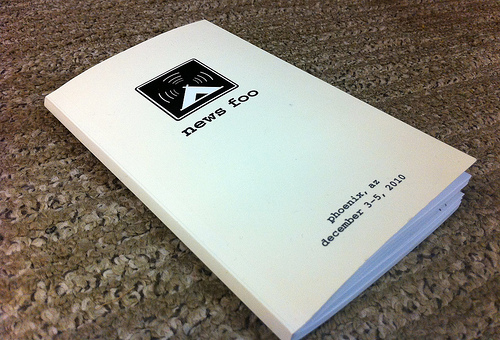
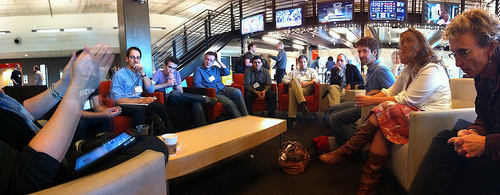





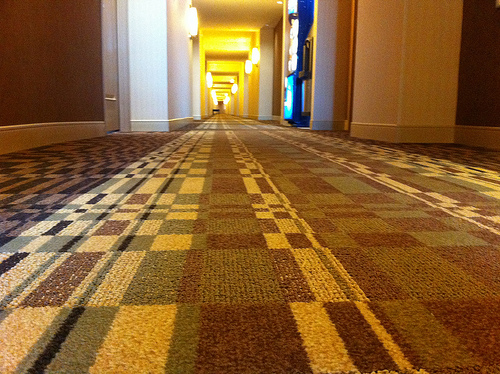
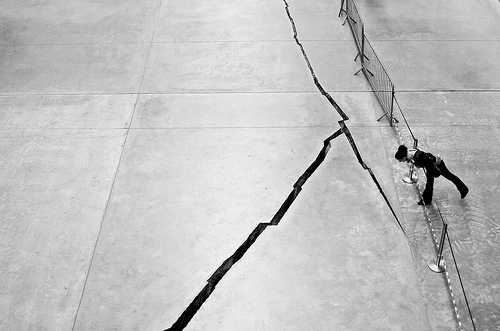






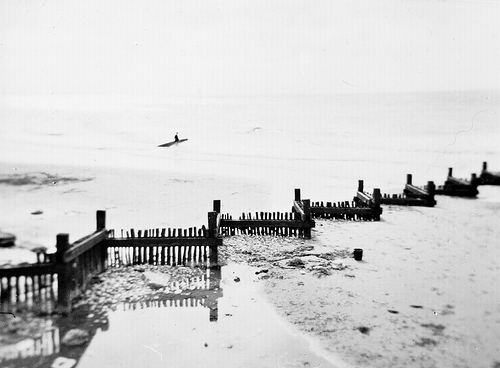

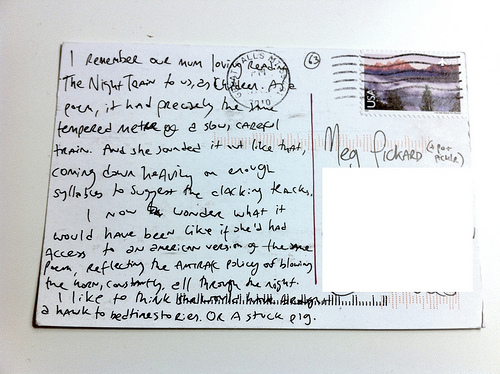

Discussion